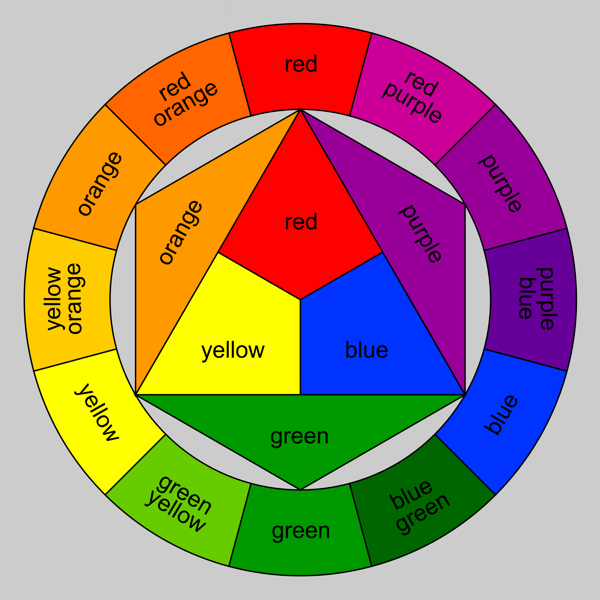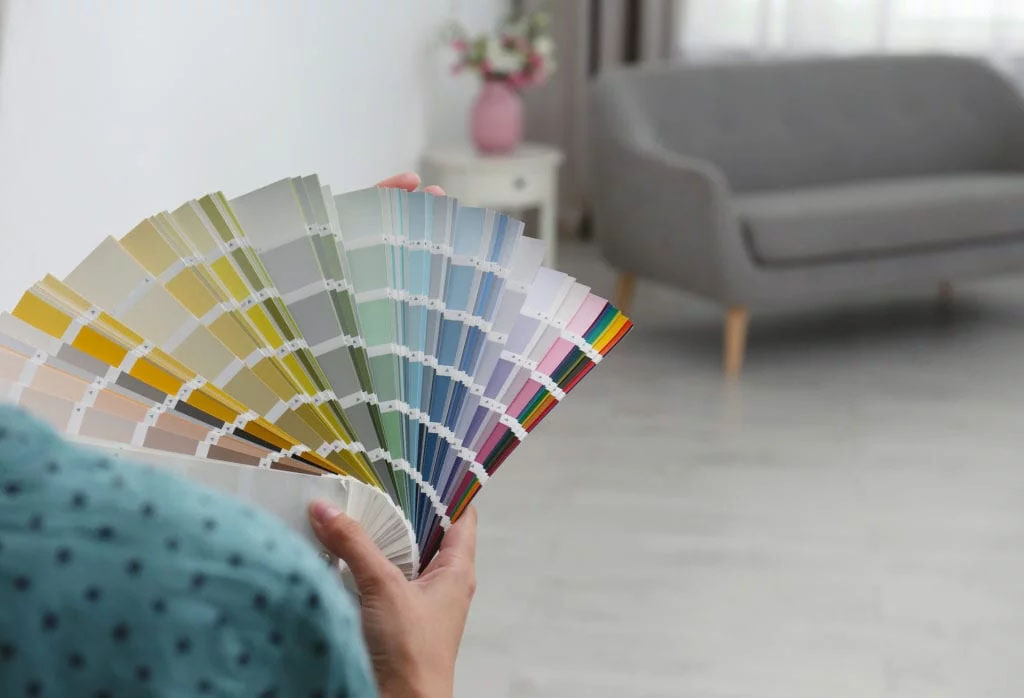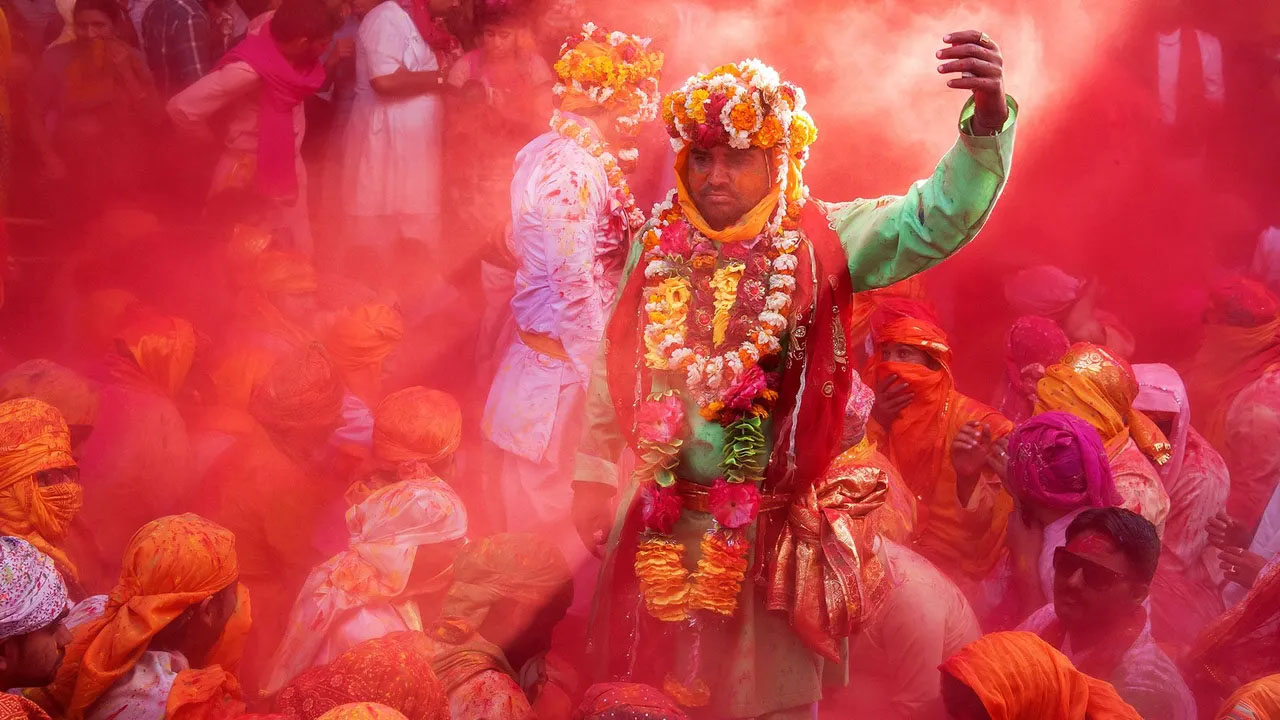The Surprising Science of Colors and How They Affect Your Mood
Colors have the power to captivate and inspire us, but they can also affect our mood in ways we never imagined. The influence of colors on our emotions isn't merely a matter of personal preference or cultural conditioning; it's rooted in our psychology. In this comprehensive guide, we'll explore the world of color psychology, shedding light on the science behind colors and their impact on our emotional well-being.
The Science of Color
Our perception of color begins with light entering our eyes and being detected by specialized cells called cones. These cones are sensitive to different wavelengths of light, which our brain then processes and interprets as colors. This complex interaction forms the basis of color perception.
Color psychology is a fascinating field that examines how colors can evoke emotions, influence behavior, and impact our decision-making processes. Research in color psychology has revealed some intriguing connections between colors and our emotional responses.

Color and Mood: Key Findings from Research
Red: As a color often associated with passion and excitement, red has the power to invigorate and stimulate us. It can enhance our physical energy, increase our heart rate, and even boost our appetite. However, red's intensity can also evoke feelings of aggression and danger, making it a color that demands careful consideration.
Blue: The embodiment of calm and tranquility, blue has a profoundly soothing effect on our mood. Studies have shown that blue can even help reduce blood pressure and heart rate. However, overexposure to blue can lead to feelings of sadness or depression, so it's essential to strike the right balance when incorporating this hue into your life.
Yellow: A symbol of optimism and happiness, yellow can brighten our spirits and stimulate mental energy. It's been shown to enhance concentration and foster creativity. However, intense shades of yellow can also cause agitation and anxiety in some individuals, so moderation is key.
Green: Green's association with nature and growth makes it a calming and restorative color. It can help alleviate stress and promote feelings of balance and harmony. In some cases, green has even been found to improve reading ability and comprehension.
Purple: Combining the warmth of red and the coolness of blue, purple is a color that conveys luxury and sophistication. It can inspire creativity and spiritual awareness. Lighter shades of purple, like lavender, have a calming effect, while darker shades can evoke feelings of mystery and depth.
Other colors: Each color on the spectrum has unique psychological effects on our mood. For example, orange is known to encourage enthusiasm and energy, while pink can create a sense of calm and nurturing.
Factors That Influence the Impact of Colors on Mood
Cultural differences: The symbolism and meaning of colors can vary dramatically across different cultures. For instance, while red is a symbol of good luck and happiness in Chinese culture, it may signify danger or aggression in other contexts.
Personal experiences: Our past experiences and personal associations with colors can play a significant role in how they affect our mood. These associations can be deeply ingrained in our psyche and evoke strong emotional reactions.
Context: The environment and context in which colors are perceived can significantly impact their effects. For example, a bright red accent wall in a room can create a stimulating focal point, but an entirely red room might feel overwhelming and tense.
Practical Applications of Color Psychology
Interior design: A thoughtful understanding of color psychology can help you create spaces that evoke the desired mood and atmosphere. Selecting colors that promote relaxation, creativity, or productivity can dramatically enhance your living and working environments.

Marketing and branding: Businesses can harness the power of color psychology to influence consumer behavior and create memorable brand identities. Colors can evoke specific emotions and associations, which can be used strategically in marketing campaigns, product packaging, and logo design.
Fashion and personal style: The colors we wear can have a significant impact on our mood and how others perceive us. By understanding the effects of different colors, you can make more informed choices about your wardrobe and feel confident in your personal style.
Art and design: Artists and designers can use color psychology to create compelling and emotive works of art. Through a nuanced understanding of color's emotional impact, they can evoke specific feelings and moods in their audience.
Tips for Harnessing the Power of Color Psychology
Harnessing the power of color psychology starts with experimenting with various colors in your life to observe their impact on your mood. Keep in mind that the intensity and shade of a color play an essential role in its psychological effects. As such, don't hesitate to explore different hues and tones.
When it comes to selecting colors for your surroundings, attire, or designs, it's crucial to consider the context and strive for a balanced palette. Combining complementary colors or adjusting the intensity of hues will contribute to a harmonious and visually appealing composition.
Lastly, always be mindful of cultural and personal differences when it comes to color associations. These can vary significantly based on one's cultural background and personal experiences. By respecting these differences and taking into account the potential impact of color choices on diverse audiences, you can create a more inclusive and engaging experience.

The Science Behind It
The scientific foundation of color psychology is well-established, with numerous peer-reviewed studies conducted on the relationship between color and mood, behavior, and perception. However, there are also critical voices within the scientific community, mainly due to the complexity and variability of the effects of color on human behavior and emotion.
Noteworthy studies that support the field of color psychology include:
"Color and psychological functioning: The effect of red on performance attainment" (Journal of Experimental Psychology: General): This article reviews various studies on color psychology, focusing on the effects of color on cognitive, affective, and behavioral processes.
"Blue or red? Exploring the effect of color on cognitive task performances" (Science): This study examines how the colors red and blue can impact cognitive performance, revealing that red enhances performance on detail-oriented tasks, while blue fosters creativity.
"The impact of light and colour on psychological mood: a cross-cultural study of indoor work environments" (Ergonomics): This cross-cultural study investigates the effects of light and color on mood in indoor work environments, indicating that both lighting conditions and color can significantly impact psychological mood.
"Emotion and colour across languages: implicit associations in Spanish colour terms" (Social Science Information): This study explores the emotional associations of color terms in the Spanish language, revealing the implicit emotional content of color terms and their impact on mood and perception.
There are critical voices within the scientific community regarding color psychology, mainly due to the complexity and variability of the effects of color on human behavior and emotion. Critics argue that the effects of color on mood and behavior can be highly subjective and dependent on individual experiences and cultural backgrounds. For example, while red might be associated with love and passion in some cultures, it can represent danger or anger in others. This variability makes it challenging to establish universal principles in color psychology.
Moreover, some studies on color psychology have been criticized for not adequately controlling for confounding variables, such as the influence of lighting, texture, or other elements of the environment. These factors can also impact mood and behavior, making it difficult to isolate the specific effects of color. Critics have also pointed out that some studies report small effect sizes, suggesting that the influence of color on mood and behavior might be relatively minor compared to other factors. However, proponents of color psychology argue that even small effects can be meaningful, particularly when considering the cumulative impact of color in various aspects of daily life.
Another concern raised by researchers is the replicability of color psychology studies, which can be influenced by factors such as differences in methodology, participant samples, and cultural contexts. This issue is not unique to color psychology, as replicability has been a topic of debate in various fields of psychology and social sciences.
While these concerns highlight the need for more rigorous and carefully controlled research, they do not necessarily undermine the entire field of color psychology. Instead, they emphasize the importance of considering individual and cultural factors, as well as the need for further investigation to better understand the complex relationship between color and human behavior and emotion.
Popular Books on the Science of Color

Pantone, the worldwide color authority, invites you on a rich visual tour of 100 transformative years in Pantone: The Twentieth Century in Color. In this visual feast for color nerds, hue gurus Leatrice Eiseman and Keith Recker identify the shades that shaped our collective color palette. In their unique exploration of color, they identify more than 200 touchstone works of art, products, décor, and fashion, and carefully match them with 80 different official PANTONE color palettes to reveal the trends, radical shifts, and resurgences of various hues.
The Secret Lives of Color tells the unusual stories of seventy-five fascinating shades, dyes, and hues. From blonde to ginger, the brown that changed the way battles were fought to the white that protected against the plague, Picasso’s blue period to the charcoal on the cave walls at Lascaux, acid yellow to kelly green, and from scarlet women to imperial purple, these surprising stories run like a bright thread throughout history.
In this book, Kassia St. Clair has turned her lifelong obsession with colors and where they come from (whether Van Gogh’s chrome yellow sunflowers or punk’s fluorescent pink) into a unique study of human civilization. Across fashion and politics, art and war, the secret lives of color tell the vivid story of our culture.

Color Psychology and Color Therapy: A Factual Study of the Influence of Color on Human Life is a 2013 Reprint of 1950 Edition. Full facsimile of the original edition, not reproduced with Optical Recognition Software. American writer Faber Birren devoted his life to color and it's effects on human life. After writing around 25 texts on the topic, it would be safe to say his work is considered highly among color experts and psychologists around the world. Birren's work has a strong focus on linking how humans perceive colors to how it makes them react.

In Color: A Natural History of the Palette, a vivid and captivating journey through the colors of an artist’s palette, Victoria Finlay takes us on an enthralling adventure around the world and through the ages, illuminating how the colors we choose to value have determined the history of culture itself.
How did the most precious color blue travel all the way from remote lapis mines in Afghanistan to Michelangelo’s brush? What is the connection between brown paint and ancient Egyptian mummies? Why did Robin Hood wear Lincoln green? In Color, Finlay explores the physical materials that color our world, such as precious minerals and insect blood, as well as the social and political meanings that color has carried through time.
Conclusion
Color psychology is a fascinating field that reveals the powerful influence colors can have on our mood and emotions. The scientific foundation of color psychology is supported by numerous peer-reviewed studies, but it is also essential to acknowledge the concerns raised by critics, such as the subjectivity of color associations and the need for more rigorous research.
By understanding the science behind colors and their psychological effects, as well as considering individual and cultural factors, we can make more informed decisions about how we incorporate color into our lives. Whether it's through interior design, fashion, marketing, or art, color psychology offers valuable insights that can help us create more engaging and emotionally impactful experiences.
As we explore the surprising science of colors and their effects on our mood, it is important to recognize the complexity of the relationship between color and human behavior and emotion. With further research and a more nuanced understanding of this field, we can continue to unlock the potential of color psychology to enrich our lives and enhance our well-being.

